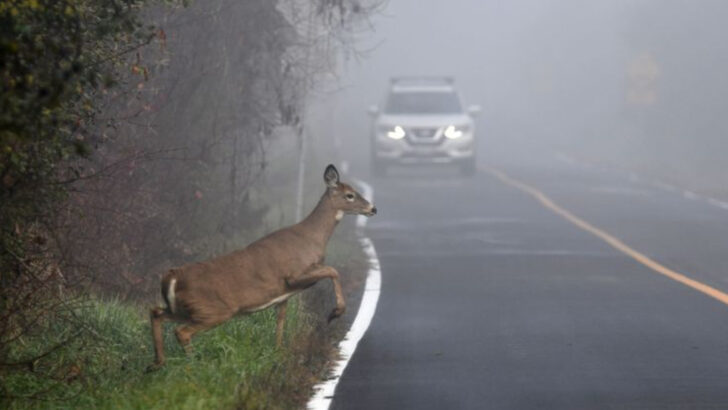The most dangerous killer in America might be buzzing past your ear right now.
When you think “deadly animal,” your mind might jump to wolves, bears, or venomous snakes lurking in the brush. But the real threats? They’re often much smaller—and far closer to home.
Some strike with fangs.
Some sting without warning.
Some just wait patiently… for you to get too close.
From backyard bugs to ocean dwellers, these 20 animals are responsible for more human deaths in the U.S. than you’d ever guess. Some kill with poison. Others with power. And a few—well, they do it without lifting a claw.
Nature doesn’t play fair, and death doesn’t always wear a snarl.
Let’s count down the most lethal creatures calling the United States home—and how they earned their deadly reputations.
Mosquito
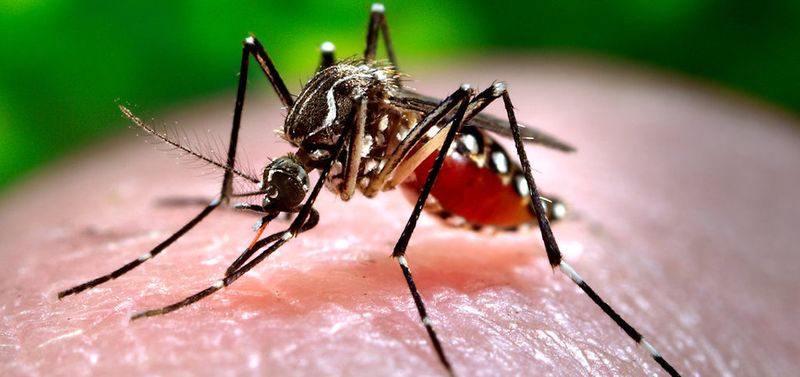
Tiny yet lethal, mosquitoes are responsible for more human deaths worldwide than any other creature, including in the USA. These bloodsuckers transmit diseases like West Nile virus, leading to significant health concerns.
Their buzzing can be an irritating prelude to a painful bite, which often results in itchy welts. What makes them particularly dangerous is their ability to carry pathogens that can spread rapidly across populations.
Interestingly, only female mosquitoes bite as they require blood to produce eggs. Controlling their population is vital to reducing disease transmission.
Deer
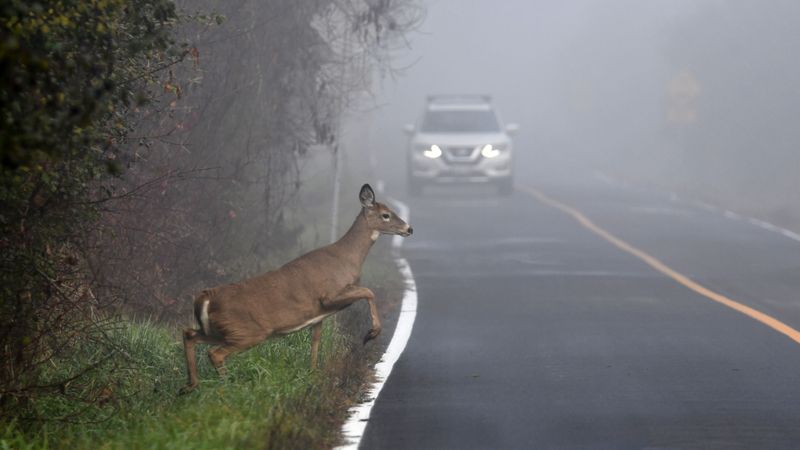
Deer are not aggressive but lead to numerous deaths due to vehicle collisions. These accidents happen frequently during mating season when deer are more active and less cautious.
Drivers often swerve to avoid hitting these animals, leading to fatal crashes. The combination of deer activity during dawn and dusk, when visibility is low, increases this risk.
Did you know? White-tailed deer are the most common species involved in such accidents, particularly in suburban areas where their habitats overlap with human roads.
Bees and Wasps

Though they are small, bees and wasps can be deadly to those allergic to their stings. Anaphylactic shock, a severe allergic reaction, can occur rapidly and requires immediate medical attention.
These insects are most active in the warmer months and can become aggressive when their nests are disturbed. In fact, a single sting can lead to multiple complications.
Fun fact: The Africanized honey bee, often dubbed the “killer bee,” is notorious for its aggressive behavior and is a hybrid species found in some parts of the USA.
Dogs

Man’s best friend can sometimes be a danger. Dog attacks, while rare, can be fatal, especially to children and the elderly. These incidents often occur due to poor training or when dogs feel threatened.
Bites can lead to severe injuries or infections if not treated promptly. Some breeds, due to their size and strength, have a higher potential for causing harm.
Interestingly, many attacks involve familiar dogs within the home environment, highlighting the importance of responsible pet ownership and training to prevent such tragedies.
Snakes
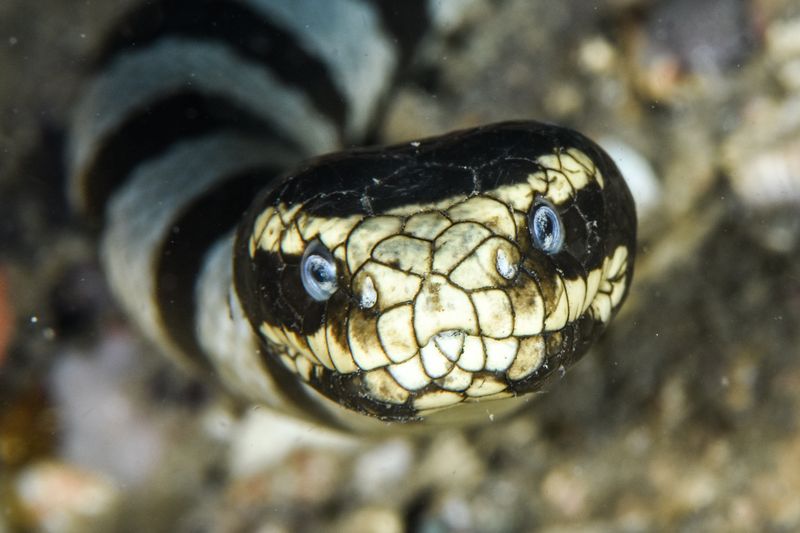
Venomous snakes like the rattlesnake, copperhead, and cottonmouth are responsible for several deaths annually. While bites are uncommon, they can be life-threatening if not treated immediately with antivenom.
These reptiles typically avoid humans but will strike if provoked or threatened. They play a crucial role in controlling rodent populations, yet their role in the ecosystem is often overshadowed by fear.
A curious fact is that more people are struck by lightning than killed by snakebites, underscoring that while they are dangerous, they are not the greatest threat in the wild.
Spiders
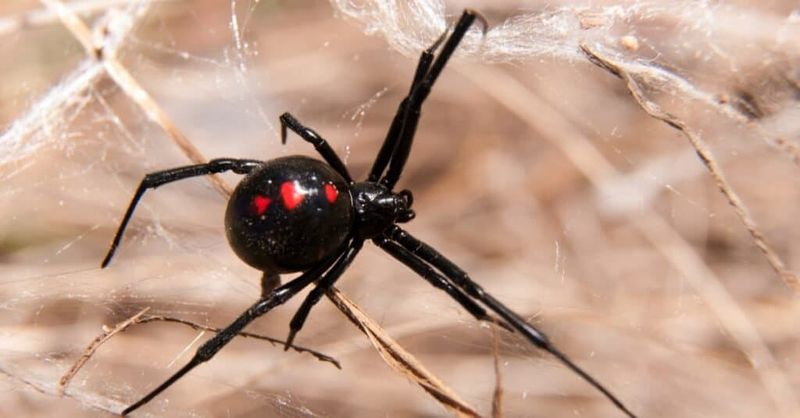
Spiders like the black widow and brown recluse are notorious for their venomous bites, which can cause serious health issues. Though deaths are rare, their venom can lead to severe pain and medical complications.
Most spiders are harmless and play a vital role in controlling insect populations. Yet, their reputation often induces unnecessary fear.
The brown recluse, known for its violin-shaped marking, prefers to hide in cool, dark places, making basements and attics its frequent haunts.
Fire Ants

Fire ants are small but mighty when it comes to causing harm. Their stings are painful and can lead to severe allergic reactions in sensitive individuals.
These ants aggressively defend their nests, often swarming their victim and delivering multiple stings.
Originating from South America, they have become a significant pest in the southern USA, affecting both humans and wildlife. Controlling their spread is challenging, making them a persistent problem in affected areas.
Cows
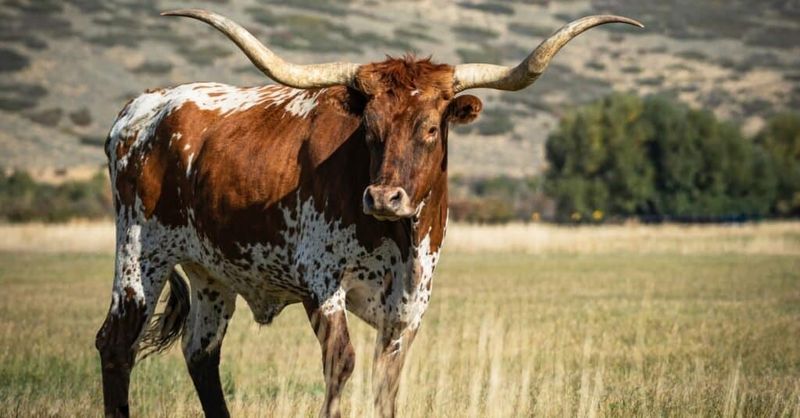
Cows may seem docile but can be dangerous, especially when protective of their calves or startled. Each year, several fatalities occur from trampling incidents on farms.
Farmers and ranchers are most at risk, as they work closely with these large animals. Understanding cow behavior is crucial to prevent accidents.
Fun fact: Despite their size, cows are generally gentle by nature and are more likely to hurt someone accidentally rather than intentionally, often during routine farming activities.
Horses
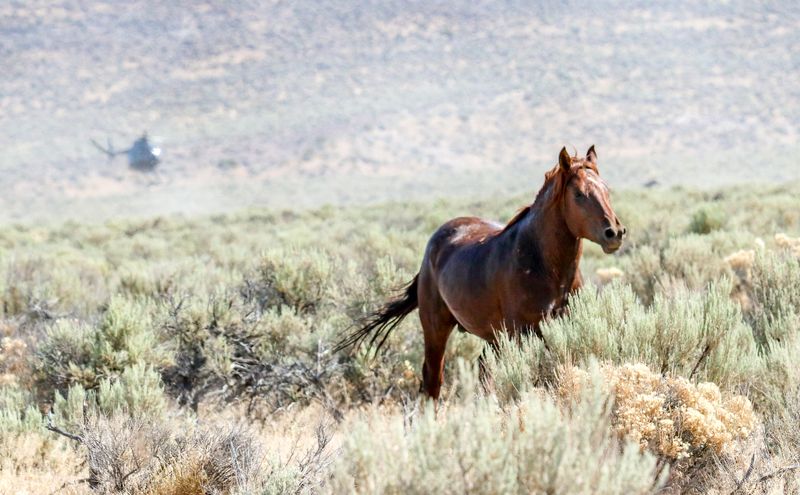
Horses, known for their strength and beauty, can also pose risks, especially to inexperienced handlers. Horse-related fatalities often result from riding accidents or being kicked.
Proper training and safety gear are essential to minimize these risks. Despite the dangers, many people find working with horses to be rewarding and therapeutic.
Did you know? Horses have been integral to American history, from their use by Native Americans to the Old West, showcasing their enduring bond with humans.
Bears
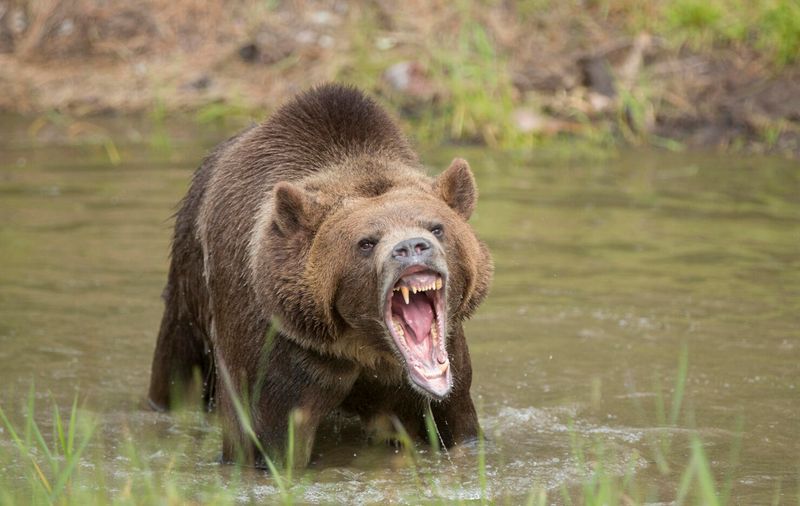
Bears, particularly grizzlies and black bears, are formidable predators capable of inflicting severe injuries. Attacks are rare but often occur when bears are surprised or feel their cubs are at risk.
Hikers and campers are advised to carry bear spray and make noise to avoid startling these massive animals. Understanding bear behavior can prevent tragic encounters.
Interestingly, despite their powerful presence, bears are omnivores and primarily feed on berries, fish, and small mammals, showcasing their diverse diet.
Scorpions

Scorpions, particularly the bark scorpion, are notorious for their venomous stings. While fatalities are rare, their sting can cause severe pain and discomfort.
These nocturnal creatures prefer warm climates and often hide under rocks and in crevices. They play an important role in the ecosystem by controlling insect populations.
A surprising fact is that only about 25 species of scorpions worldwide have venom capable of killing humans, making them less dangerous than often perceived.
Sharks

Sharks, with their fearsome reputation, are responsible for occasional attacks along American coastlines. The great white, tiger, and bull sharks are among the most feared.
While shark attacks are rare, they can be fatal or lead to serious injury. Swimmers are advised to stay in groups and avoid areas where sharks are frequently sighted.
Fun fact: Despite their portrayal in films, the risk of a shark attack is lower than being struck by lightning, illustrating the ocean’s misunderstood predator.
Alligators
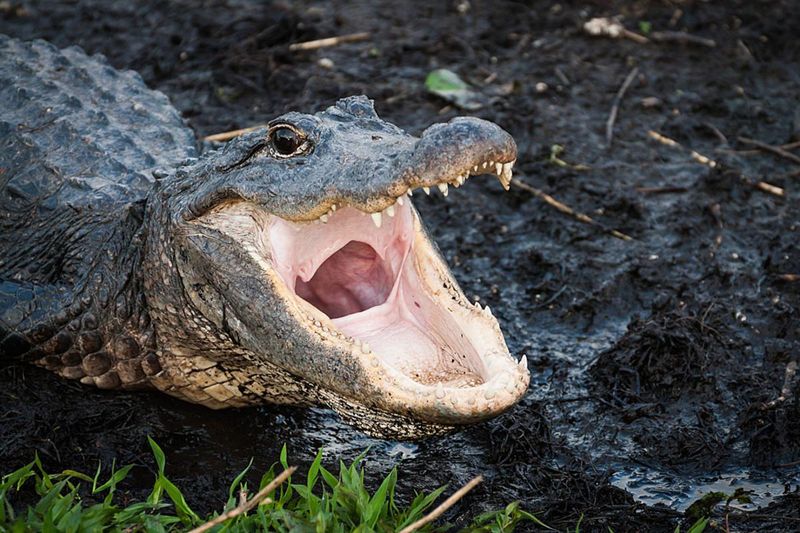
Alligators, native to the southeastern United States, are powerful ambush predators. Fatal attacks are rare but typically occur when humans encroach on their territory.
These reptiles are most active during dusk and dawn, and caution is advised near water bodies in their habitats. Alligators play a crucial role in the ecosystem, controlling the populations of their prey.
Did you know? An alligator’s bite exerts one of the strongest forces in the animal kingdom, making them formidable even though they are generally not aggressive towards humans.
Jellyfish

Jellyfish stings can be painful and, in some cases, deadly. The box jellyfish, found in certain coastal regions, is among the deadliest due to its potent venom.
Swimmers should heed warnings and avoid areas known for jellyfish blooms. Vinegar can neutralize the stinging cells and is often recommended for first aid.
Did you know? Despite their simple structure, jellyfish have existed for millions of years, illustrating nature’s ability to create effective survival strategies with minimal complexity.
Mountain Lions
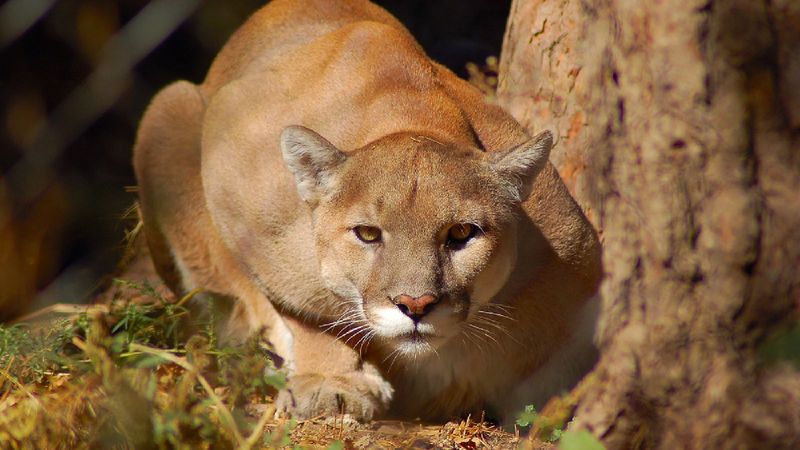
Mountain lions, also known as cougars, are elusive predators rarely seen by humans. Attacks are uncommon but can be deadly, particularly in areas where their habitat overlaps with human activity.
These solitary animals are most active during dawn and dusk. Hikers are advised to travel in groups and make noise to avoid surprise encounters.
A fascinating tidbit: Despite their size, mountain lions are more closely related to house cats than to lions, highlighting the diverse adaptations of the feline family.
Bison
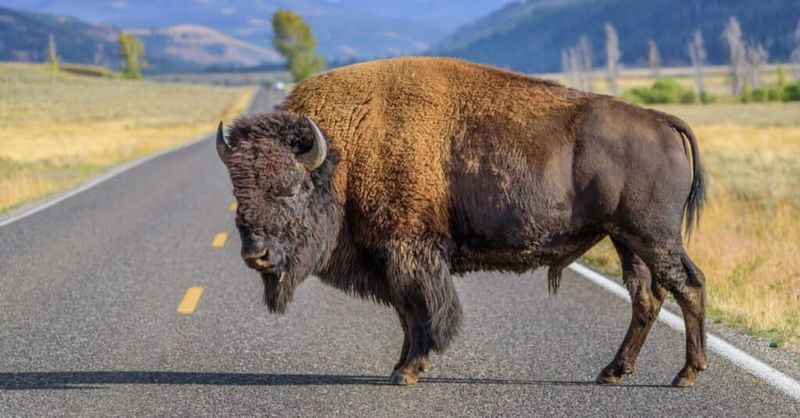
Bison, the largest mammals in North America, can be dangerous due to their size and strength. Attacks occur when people get too close, often in national parks where bison roam freely.
Despite their large build, bison can run at speeds of up to 35 mph, making them deceptively fast. Visitors are urged to maintain a safe distance to avoid provoking these powerful creatures.
Did you know? Bison were once nearly extinct due to overhunting but have made a remarkable comeback, symbolizing conservation success.
Coyotes
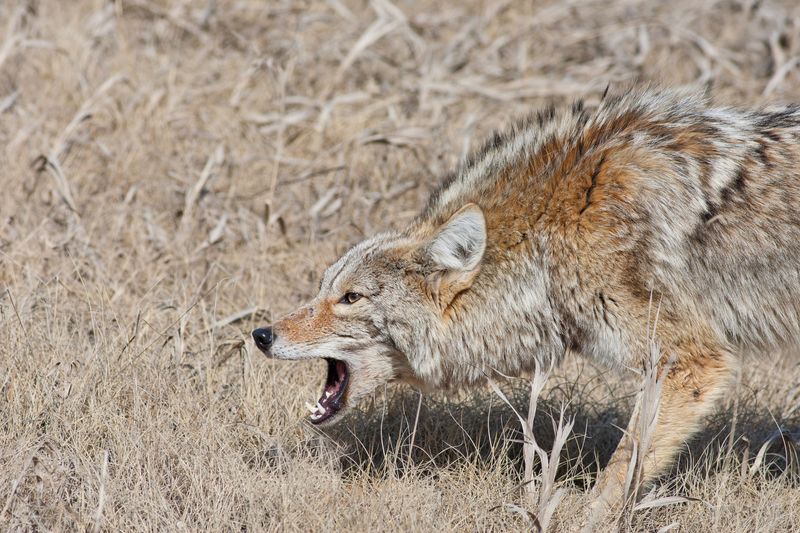
Coyotes are adaptable predators often found near urban areas. While attacks on humans are rare, they can pose a threat to pets and livestock.
These animals are known for their cunning nature and ability to survive in diverse environments. Conflicts usually arise when they become habituated to human presence due to feeding.
Interestingly, coyotes play a vital role in controlling rodent populations, yet they are often misunderstood and feared, reflecting the complex relationship between wildlife and human development.
Rats

Rats, though small, are vectors for disease, including leptospirosis and hantavirus. They thrive in urban environments where food and shelter are abundant.
The real danger lies in the pathogens they carry, which can spread to humans through contact with their droppings or urine. Controlling rat populations is critical to public health.
Did you know? Rats are highly intelligent and social creatures, capable of learning complex tasks, yet their association with disease overshadows their remarkable adaptability.
Stingrays
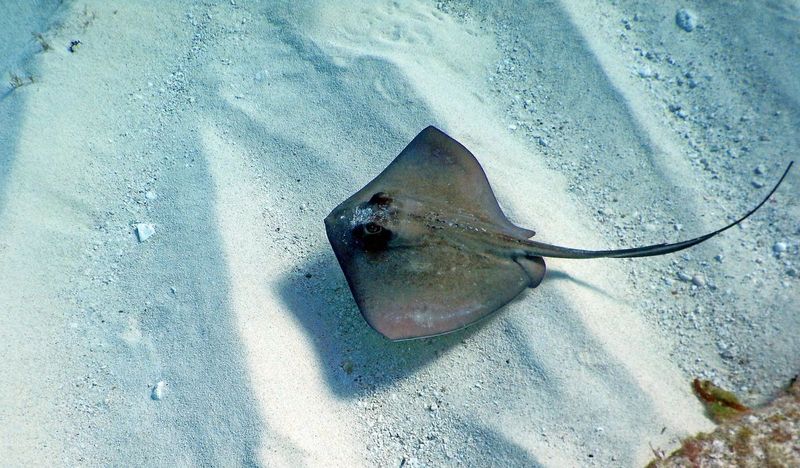
Stingrays are generally docile but can cause serious injuries with their venomous barbs if accidentally stepped on. Most incidents occur in shallow waters where stingrays rest partially buried in sand.
To prevent stings, beachgoers are advised to shuffle their feet while wading. Despite their fearsome defense mechanism, stingrays are not aggressive and often avoid human contact.
A remarkable fact: Stingray injuries are usually non-fatal, but their unique ability to inflict pain has made them a subject of caution for ocean enthusiasts.
Wolves
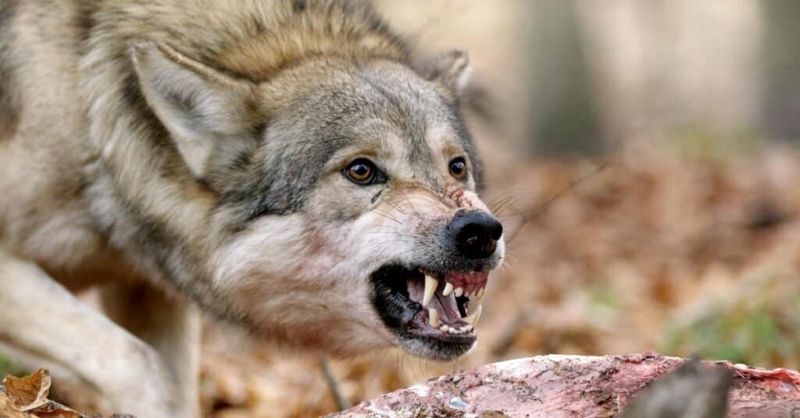
Wolves, iconic yet controversial, are apex predators capable of taking down large prey. They rarely attack humans, but their presence can affect livestock and pets, leading to conflicts.
These intelligent animals live in packs with complex social structures. Human encroachment on their habitats often leads to tension, as wolves are protective of their territory.
Did you know? Wolves were once eradicated from much of the USA but have been reintroduced in some regions, sparking debates about coexistence and conservation.

